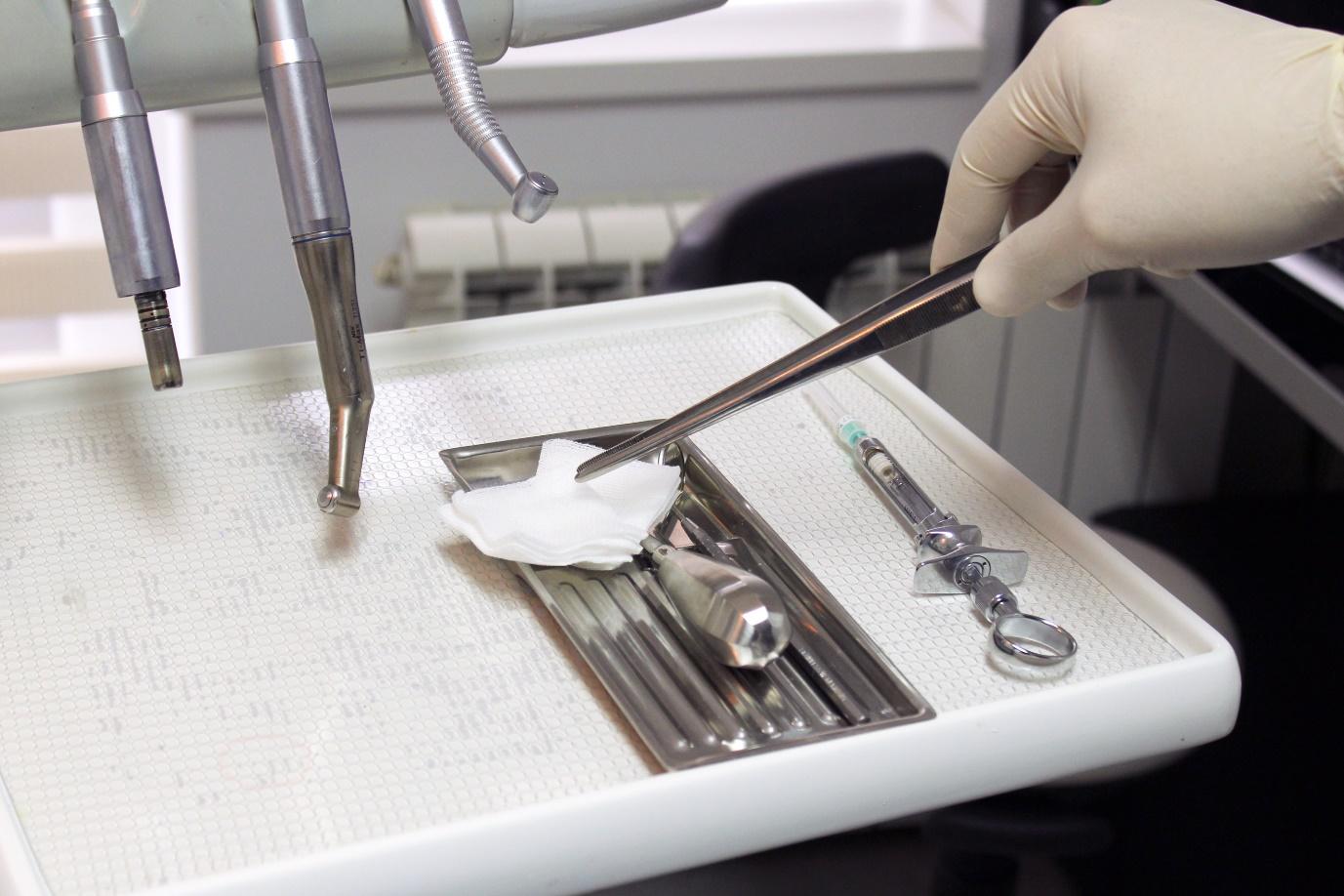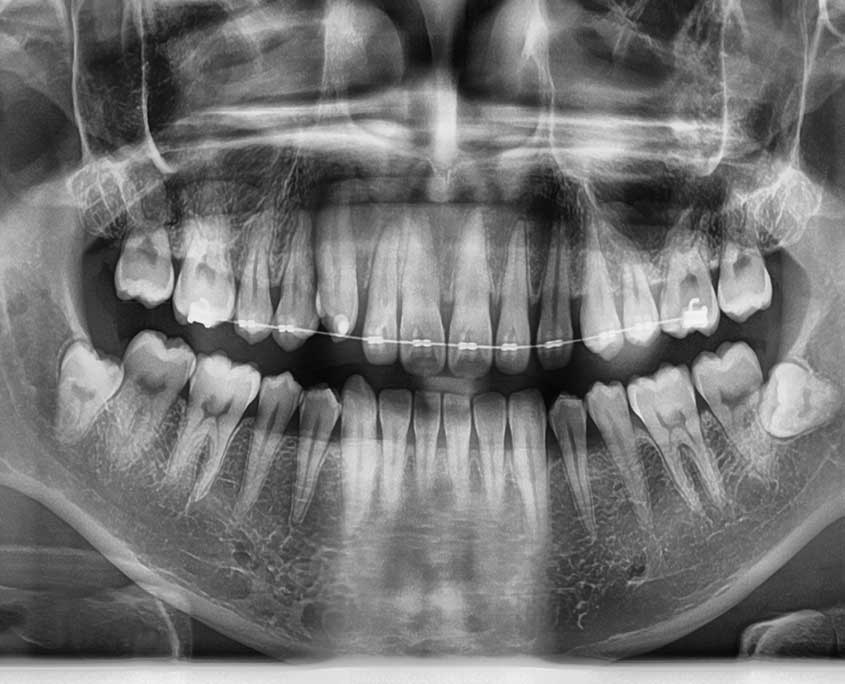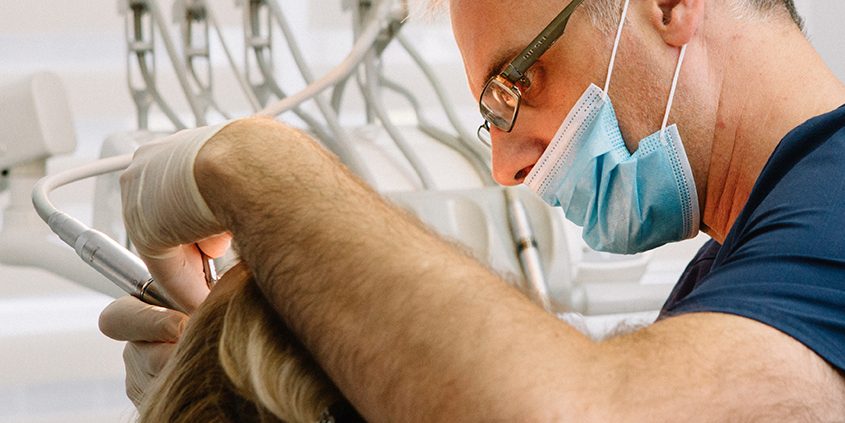Cancer in the oral cavity is a dangerous abnormal spot that can occur on any part of the mouth.
It is important to notice the first signs that could indicate the risk of this disease. Cancer in the oral cavity can appear as:
- Ulcer (bubble) that does not heal after three weeks
- A swelling that is present for more than three weeks
- Sometimes alike a white or red spot in your mouth
Many marks of this kind will not be diagnosed as cancer, but if you have these changes, they must be examined. The best way to do this is to immediately and without delay schedule a visit to your dentist.
People exposed to risk of getting this cancer most commonly are those in following cases:
- If you are a smoker or drink regularly alcohol, you are significantly increasing your risk of getting cancer in your oral cavity.
- Prolonged exposure to sun rays may increase the risk of getting lip and skin cancer.
- The risk of getting cancer in oral cavity increases for people over 40, but, unfortunately, young people can get it too.
- You are exposed to higher risk if you do not develop healthy nutrition habit.
How can cancer in the oral cavity be detected?
Your dentist can notice the cancer in the oral cavity at an early stage. If it is detected timely, chances for healing are very good.
IMPORTANT! Currently, more than half of patients diagnosed with oral cancer die every year, because they have been diagnosed too late.
You can expect your dentist to:
- Examine your face and your neck
- Palpate your fork and neck
- Examine the interior of your mouth with a small mirror: examine your lips, cheeks, tongue, palate and throat.
- Your dentist can examine parts of your mouth that you can not see by yourself.
He may notice something in your mouth, which must further on be monitored, or that he needs to be examined by a specialist.
Regular visits to your dentist ensure the problem is spotted on time and this includes early detection of a cancer of the oral cavity.
If there has been more than 6 months since your last visit to your dentist, you should immediately call for an appointment.
Dental clinic Vunjak team is available to you in our premises in Belgrade city center or on line.
Free diagnosis is just one click away from you.




